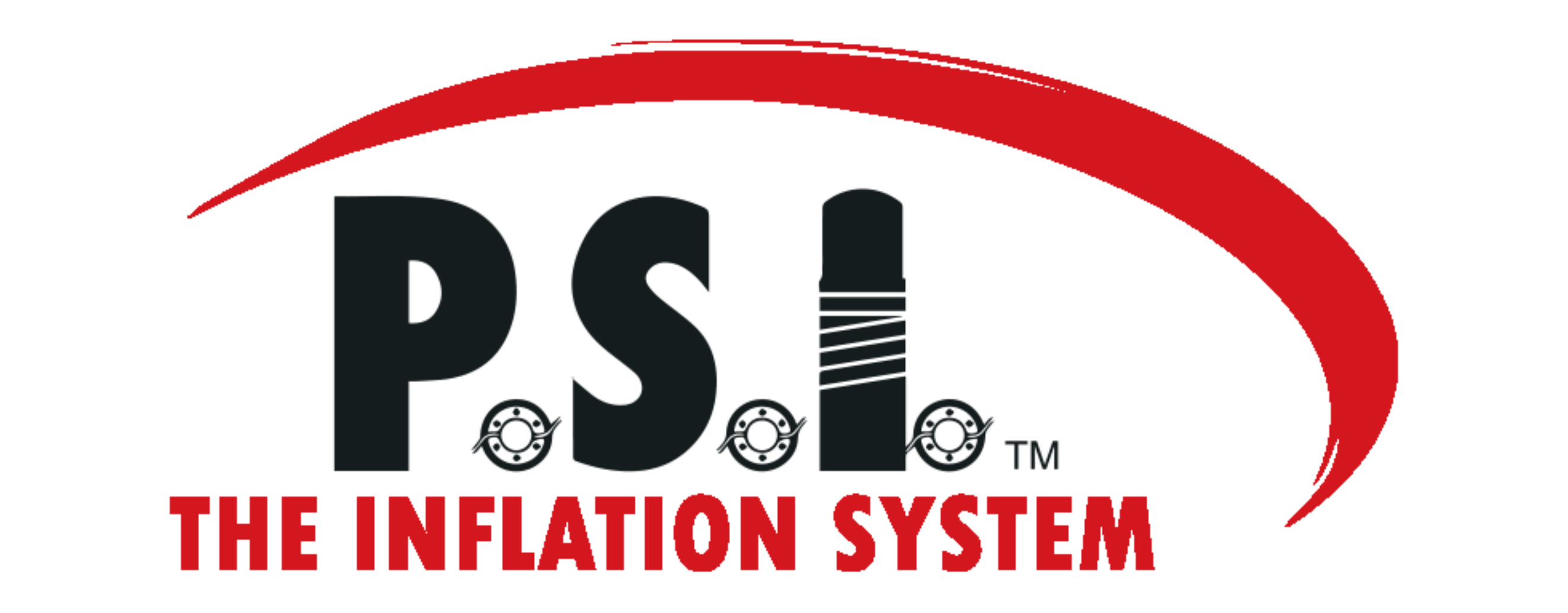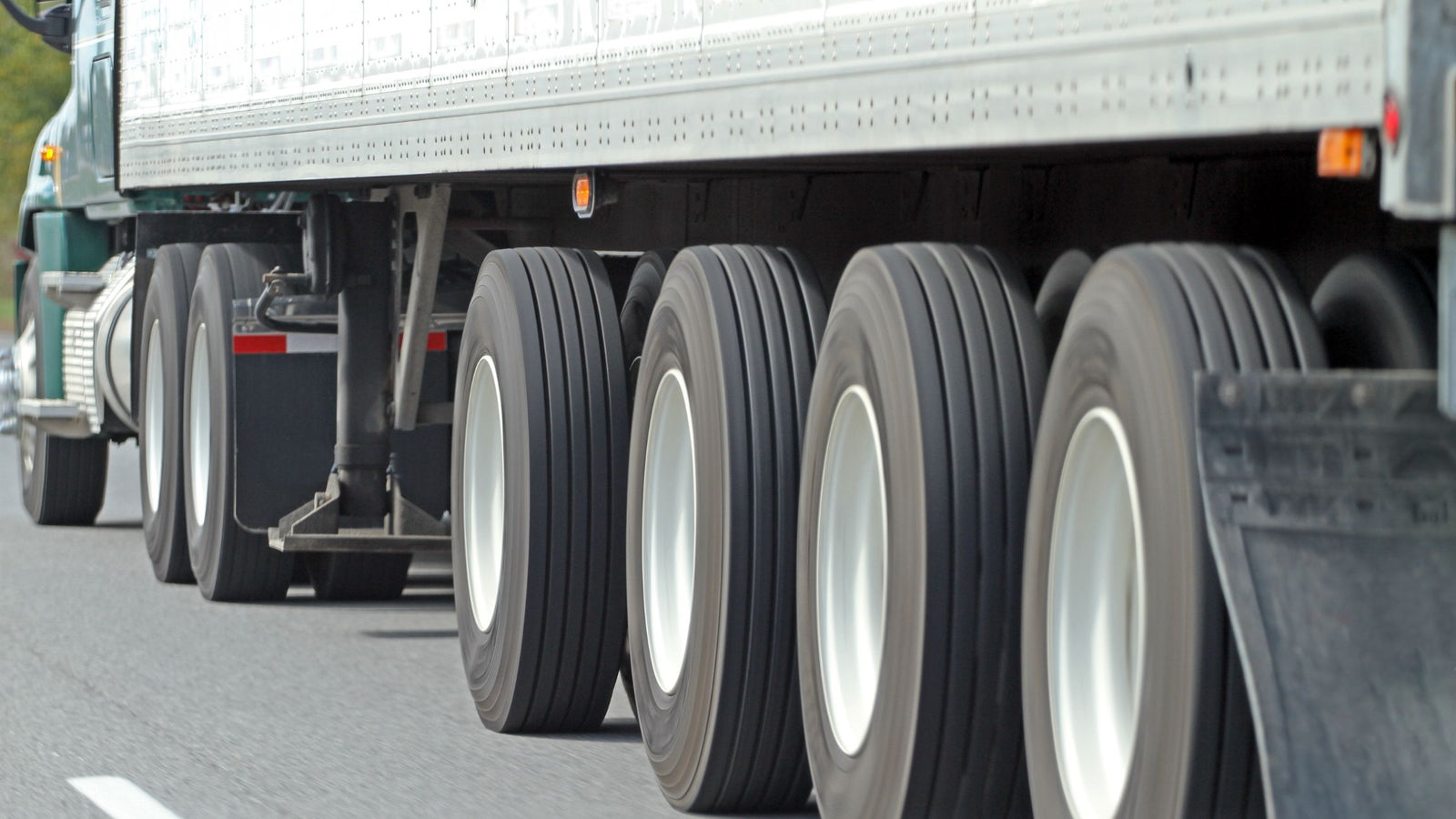Fuel efficiency is a critical aspect of vehicle performance and cost management, especially for fleet operators. One factor that significantly influences fuel efficiency is tire pressure. In this article, we'll explore the relationship between tire pressure and fuel efficiency and how a Tire Pressure Monitoring System (TPMS) like TireView®, a product by P.S.I. (Pressure Systems International), can help enhance fuel efficiency.
The Connection Between Tire Pressure and Fuel Efficiency
Tire pressure directly impacts a vehicle's fuel efficiency. Under-inflated tires increase the tire's contact area with the road, leading to higher rolling resistance. This means the vehicle has to work harder to move, resulting in increased fuel consumption. According to studies, maintaining the correct tire pressure can improve fuel economy by up to 3%. For fleet operators managing multiple vehicles, this could translate to significant savings.
The Role of TPMS in Maintaining Optimal Tire Pressure
A Tire Pressure Monitoring System (TPMS) is a vehicle safety feature designed to alert the driver when tire pressure is too low. Under-inflated tires can lead to various issues, including increased fuel consumption, poor vehicle handling, and even tire blowouts. By alerting the driver to low tire pressure, a TPMS can help prevent these issues.
TireView®, a product by P.S.I. (Pressure Systems International) and available through authorized resellers like Tandem Brite, is a TPMS designed for all types of tractor, trailer, or commercial vehicles. It provides real-time tire pressure and temperature readings, helping drivers maintain optimal tire pressure and improve fuel efficiency.
How TPMS Can Help Save on Fuel Costs
By maintaining optimal tire pressure, a TPMS can help improve a vehicle's fuel efficiency. For instance, if a TPMS alerts a driver to low tire pressure, the driver can inflate the tires to the recommended level, reducing rolling resistance and improving fuel efficiency.
Moreover, some TPMS, like TireView®, provide real-time data on tire pressure and temperature. This allows drivers to address any issues immediately, further enhancing fuel efficiency and potentially saving hundreds of dollars in fuel costs each year.
Conclusion
In conclusion, maintaining proper tire pressure is crucial for both vehicle safety and fuel efficiency. A TPMS like TireView® can play a vital role in this, providing real-time data on tire pressure and temperature and helping drivers maintain optimal tire pressure. As a result, a TPMS can help improve fuel efficiency and save users significant amounts of money in fuel costs.






